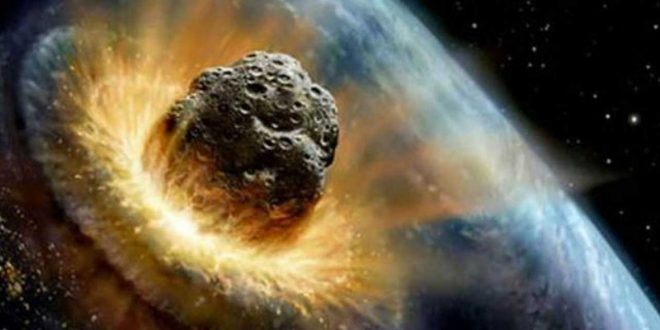A leading astrophysicist has warned of the danger that unexpected asteroids pose to our planet, and classified the threat not as a matter of if, but when.
Professor Alan Fitzsimmons from the University’s Astrophysics Research Centre has said it is a case of when an asteroid collision will happen, rather than if it will happen.
Joined by scientist Brian Cox and astronauts such as Apollo 9 astronaut Rusty Schweickart and International Space Station astronaut Nicole Stott, Professor Fitzsimmons is highlighting the threat for Asteroid Day, a global event next Friday (30 June).
On that day in 1908, a small asteroid exploded over Tunguska in Siberia and devastated 800 square miles. Professor Fitzsimmons is warning that a similar unexpected strike in today’s world could easily destroy a major city and a larger asteroid could be more dangerous.
Professor Fitzsimmons commented: “It is important to know that scientists and engineers have made great strides in detecting Near-Earth Asteroids and understanding the threat posed by them. Over 1,800 potentially hazardous objects have been discovered so far, but there are many more waiting to be found.
“Astronomers find Near-Earth Asteroids every day and most are harmless. But it is still possible the next Tunguska would take us by surprise, and although we are much better at finding larger asteroids, that does us no good if we are not prepared to do something about them.”
Agencies/Canadajournal
 Canada Journal – News of the World Articles and videos to bring you the biggest Canadian news stories from across the country every day
Canada Journal – News of the World Articles and videos to bring you the biggest Canadian news stories from across the country every day



